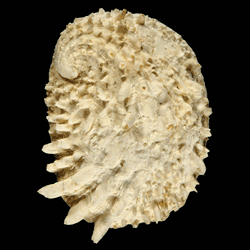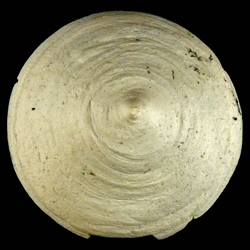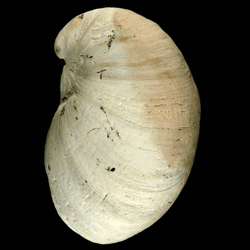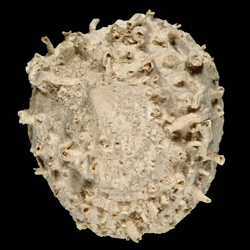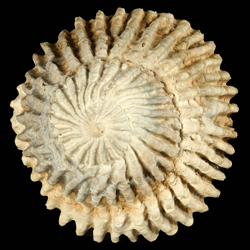
Calyptraeidae
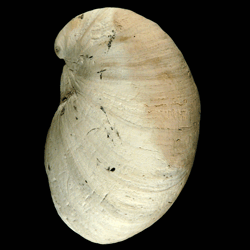
- Phylum: Mollusca
- Class: Gastropoda
- Order: Littorinimorpha
- Family: Calyptraeidae
Overview
Common name: Slipper limpets
Key morphological features: The Calyptraeidae are relatively small snails whose shells are often thin, sub-oval, dome shaped, and limpet-like. Coiling is most evident at the apex, which can be positioned posteriorly or centrally depending on the species, but the spire is very small relative to the body whorl. The columella has been modified in this group into an internal shelf-like structure that can be spiral, flat, or conical in shape. The shell exterior is most often smooth, but irregular spiral chords with scale-like spines, frills, or lamellae are present in some species. Source: Davies, A.M. 1971. Tertiary Faunas Vol. 1, second edition. New York: American Elsevier Publishing Company, Inc. 571 pp.; Tunnell Jr., J.W., Andrews, J., Barrera, N.C., Moretzsohn, F. 2010. Encyclopedia of Texas Seashells. College Station: Texas A&M University Press. 512 pp.
Geological range: Cretaceous to Recent (Davies, 1971).
Geographic distribution: A distributional map for modern Calyptraeidae may be accessed from OBIS. A distributional map for ancient Calyptraeidae may be accessed from the Paleobiology Database.
Diversity: There are 123 recognized living species of Calyptraeidae and 11 genera (WoRMS database, unvetted). The Paleobiology Database recognizes 16 fossil genera and 215 fossil species of Calyptraeidae (unvetted).
Paleoecology: The Calyptraeidae are epifaunal, suspension-feeding gastropods that live a limpet-like lifestyle attached to hard substrates with their powerful feet. The species Crepidula fornicata frequently lives attached to the shells of conspecifics, forming stacks or clumps of individuals. Species of Calyptraeidae are distributed in temperate to tropical shallow waters worldwide. Source: Tunnell et al. (2010).
Phylogenetic status: Monophyletic. The molecular phylogenetic analysis by Collin (2003) supports the monophyly of Family Calyptraeidae.
